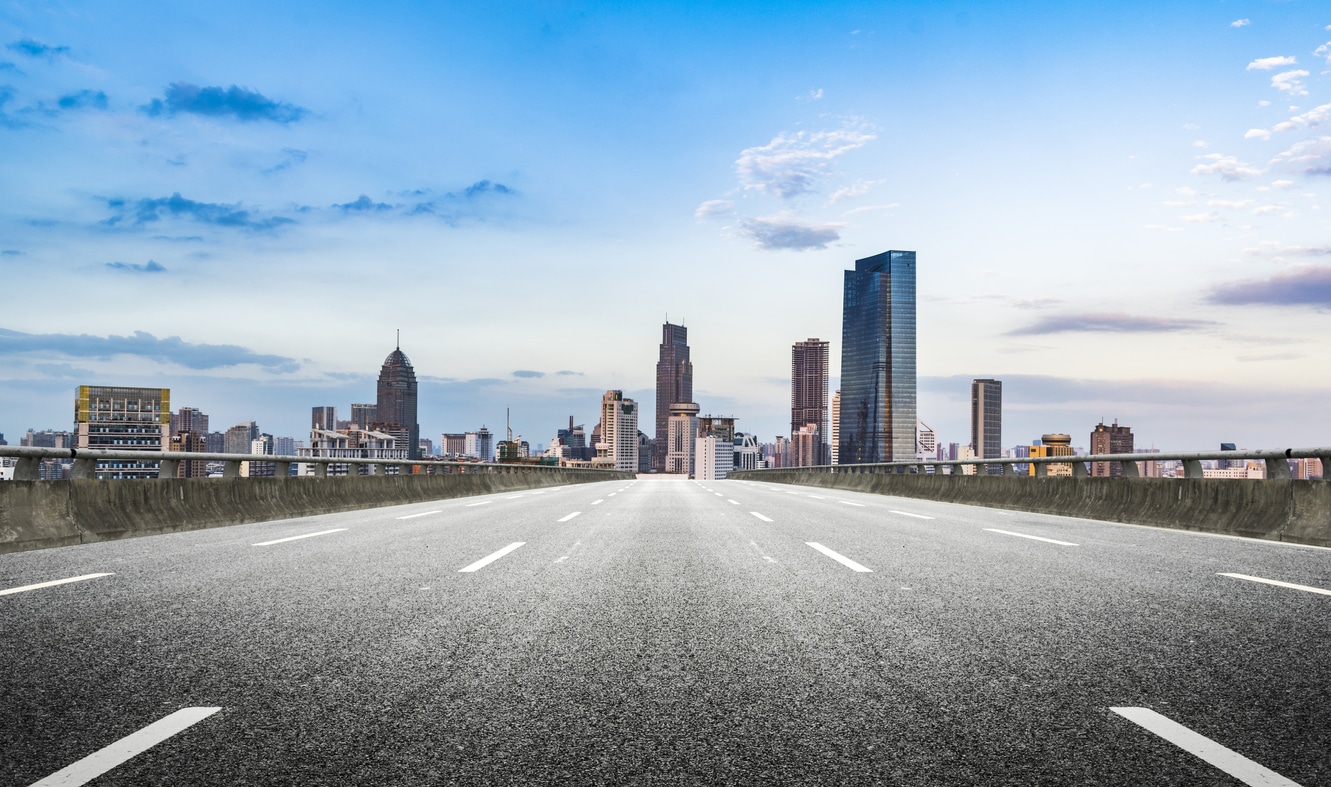South Florida roads can be treacherous for motorists, bicyclists, and pedestrians. There were 26,817 traffic crashes in Palm Beach County in 2019, including 633 pedestrian accidents and 428 bicycle accidents.
As more people choose walking and bicycling as transportation methods, states and municipalities must update their infrastructure. Well-maintained and safely designed roads can reduce the risk of traffic fatalities and deaths.
The number of bicycle accident claims and other injury claims could be reduced if cities and counties improved their infrastructure.
What Risks Do People Face When They Travel South Florida Roads?
The risk of death and injury is significant along South Florida’s most dangerous roads and intersections.
Traffic accidents can result in life-threatening conditions and injuries, including:
- Spinal cord injuries
- Broken bones and fractures
- Traumatic brain injuries
- Amputations and loss of limbs
- Chest injuries and crushing injuries
- Internal organ damage or failure
- Neck and back injuries
- Paralysis
- Facial injuries and disfigurement
- Severe burns
The risk of severe injury is highest for vulnerable individuals, including children, seniors, bicyclists, and pedestrians. Older drivers have higher crash death rates than other age groups. Likewise, motor vehicle accidents are a leading cause of death for children.
A person involved in a traffic accident may sustain physical harm and economic damages. Economic damages include medical bills, lost wages, personal care, medical equipment, travel expenses, and other expenses.
Financial losses due to car accidents can create financial burdens for families that result in the need for government assistance. Therefore, the lack of road maintenance and investment in infrastructure creates additional costs for the state.
How Could South Florida Use Federal Taxpayer Funds to Improve Dangerous Roads?
Many of the roads and bridges in South Florida are old and in desperate need of repair. While the state has not received a failing grade for roads and bridges, state leaders have not invested resources to update infrastructure to meet residents’ and tourists’ needs.
According to a report from the White House, there are more than 3,564 roads and 408 bridges in Florida that are in poor condition. Since 2011, commute times have increased by 11.6 percent. Drivers spend an average of $425 in costs each year because of driving on bad roads.
The Report Card for Florida infrastructure found that 2.9 percent of bridges (12,518) are rated structurally deficient. Thirteen percent of roads were in poor condition.
There are several ways that federal taxpayer funds could improve road safety throughout Florida. Examples of ways to make roads safer for everyone include:
- Prioritize highway maintenance, including fixing roads and bridges
- Adding safety upgrades, including guardrails, dividers, lane separators, rumble strips, median barriers, and breakaway sign posts
- Reduce emissions and pollution from motor vehicles
- Add sidewalks, crosswalks, and pedestrian signals
- Raise pedestrian crosswalks to make pedestrians more visible to drivers and force drivers to slow down when approaching crosswalks
- Design and construct speed reducing measures, such as roundabouts, speed humps, and chicanes
- Invest in public transportation to reduce traffic congestion
- Design and construct bicycle infrastructure, including protected bicycle lanes, painted buffer lanes, and off-street bike paths
- Increase education related to road safety
- Enhance enforcement actions to deter traffic infractions and dangerous driving choices
- Increasing visibility by adding lights to dark sections of roads and streets
- Enhance road signage and markings
Many cities in South Florida have joined the Vision Zero Network to create safe streets and transportation networks.
City planners and engineers need to design safer streets. Local governments need to build safer streets. However, the process can be costly. Federal funds can make safe roads possible by giving local governments the necessary funds to implement their plans.
Will South Florida Receive Federal Funds for Road Improvements?
The U.S. Senate recently passed a massive infrastructure bill, but it has not been passed by the House of Representatives as of this date. Many of the sections of the legislation have bipartisan approval.
However, there are still sections of the bill that are being debated and revised. Furthermore, the bill is also being hampered by the larger party-line budget bill.
If the bill passes, South Florida should receive its share of federal funding for improving infrastructure. The decision on how to use the funds will be up to local governments.
Contact your local representative if you want to have a say in how your city uses funds to improve road safety. Becoming involved is the best way to make your voice heard and have your concerns addressed.
For more information, see our benchmarking report and more information on past benchmarking reports.


Leave A Comment